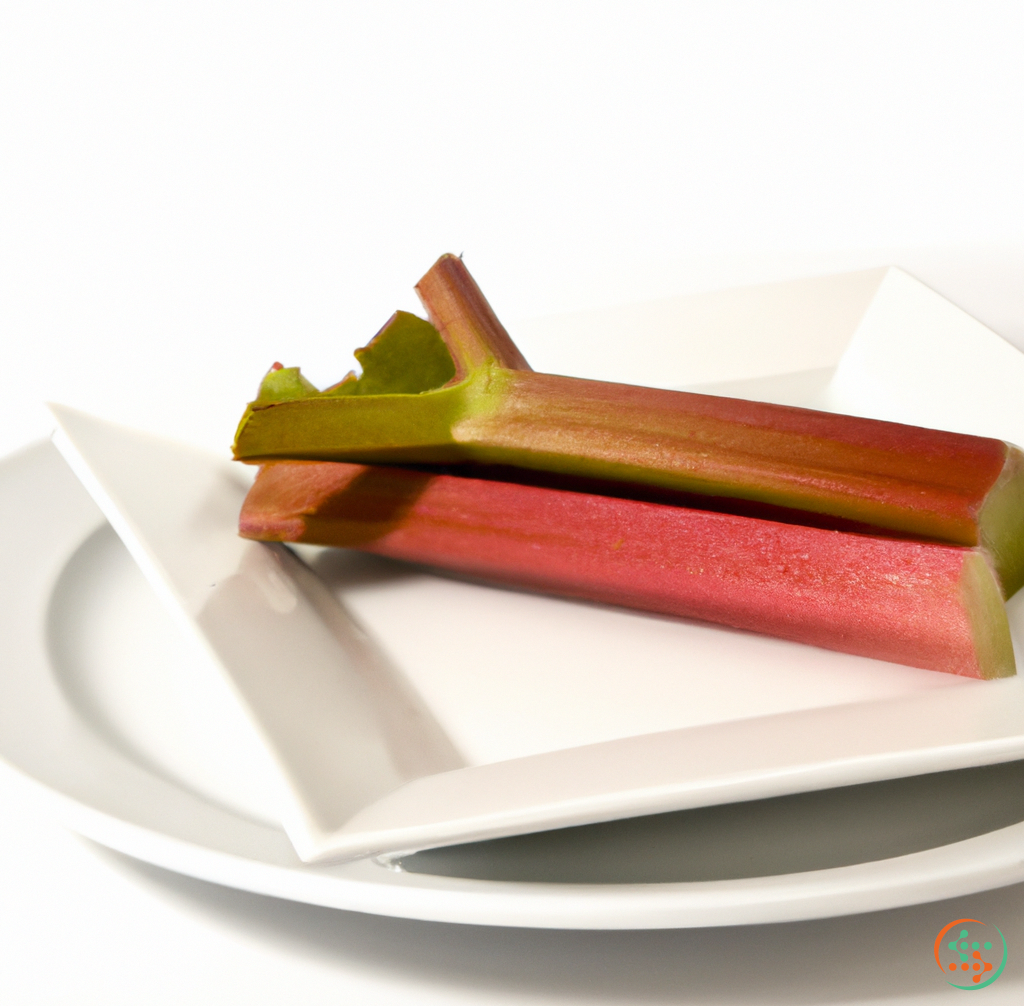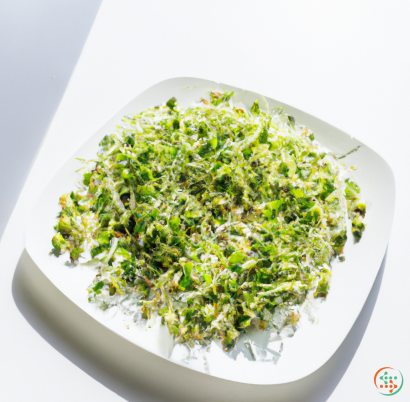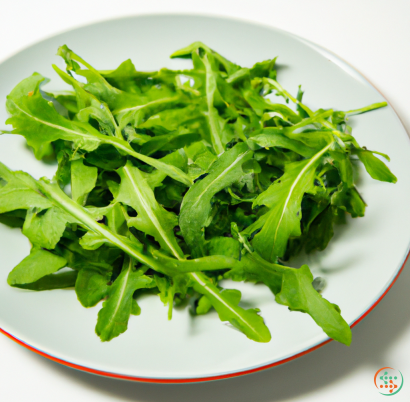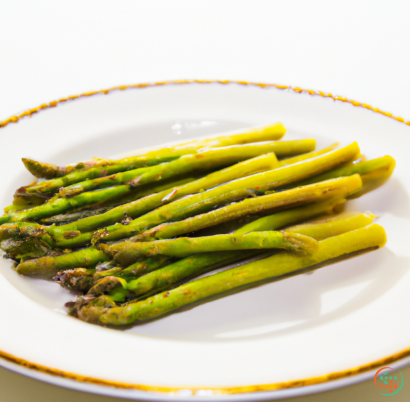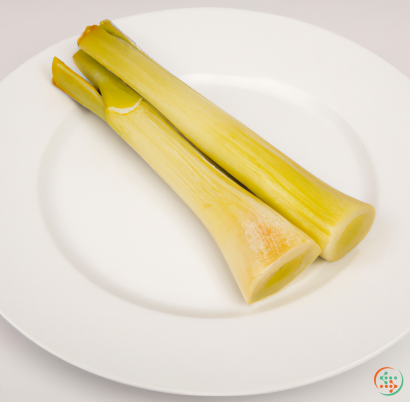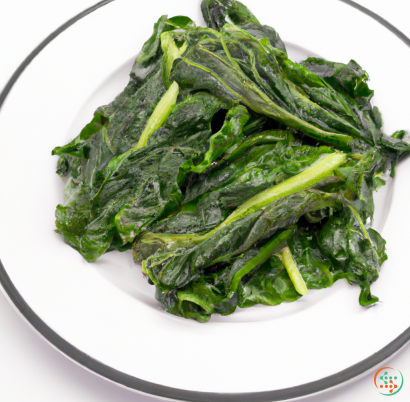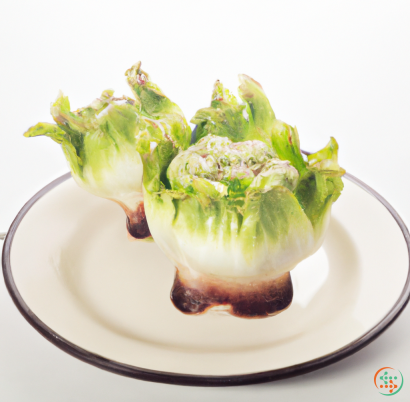Rhubarb
If you’ve ever seen a strange, reddish-green plant at the grocery store or farmers’ market, you may have wondered what is it? That wilted stem is likely a rhubarb. But what exactly is a rhubarb?
Rhubarb (Rheum rhabarbarum) is a plant from the knotweed family, which also includes docks, knotweed, and sorrel. Rhubarb gets its name from the Latin rha barbarum, which literally translates to “foreign-izing medicinal root”. This is because the root is known for its commercial potential, particularly in the areas of traditional medicine and alternative healthcare.
This perennial vegetable is grown in many regions of the world and is typically used to make pies, jams, and preserves. Rhubarb is sometimes referred to as the "pie plant", because it is valued mainly for its sweet-tart flavor when cooked. In the United States, rhubarb is regarded as a fruit, but in Europe, it is often labelled as a vegetable.
Rhubarb is a low-growing plant with large, thick, fleshy, triangular leaves. It has a distinctive reddish-green color and a stringy texture that can be both tart and sweet. The edible part of rhubarb is its leaf stalks, or petioles, which are similar to celery in consistency and flavour. The plant's leaves and roots are not edible, since they contain oxalic acid crystals which can cause irritation of the skin and intestinal lining if ingested.
Although rhubarb is damaged by frost and cold, if harvested in the early spring and late fall in temperate climates, it can be preserved for use throughout the winter. The products made from rhubarb are often used as ingredients in jams, jellies, pies and crumbles. There are many varieties of rhubarb from which to choose, including green and red varieties and others in between.
Rhubarb is rich in vitamin C, dietary fibre and antioxidants, meaning it has a host of health benefits. It can help regulate digestion, lower cholesterol levels and even boost your immune system. Since the leaves and roots contain oxalic acid crystals, it is recommended to consume rhubarb stems in moderation and to avoid over-cooking them in order to reduce their oxalic acid content.
Rhubarb is one of the oldest known fruits/vegetables, documented as early as 2700 BC in Chinese medicinal texts. In addition to its culinary uses, rhubarb has been used for centuries in traditional Chinese medicine and, more recently, in western herbalism. In the 16th century, English herbalists described rhubarb as a remedy for a variety of ailments, including gastrointestinal issues like constipation and diarrhea.
For a unique cooking experience, try adding rhubarb to your next meal. Cut the stalks into 1-inch pieces and add them to a salad for a warm, sweet-tart flavour. Or, mix them up with strawberries, sugar, and a dash of water and bake into a delicious pie. You can also roast rhubarb with a sprinkle of cinnamon on top, or stew the stalks with apples and honey for a healthy, comforting snack. The possibilities are endless.
Overall, rhubarb is an under-appreciated and nutrient-dense vegetable. Though it is often mistaken for a fruit, it is perfectly capable of standing on its own as a veggie, with its complex tart-sweet flavour and versatile cooking possibilities. So, next time you’re at the store, pluck a fresh stalk of rhubarb off the shelf and get creative in the kitchen!
Rhubarb: From Garden to Table
We love Rhubarb’s tart-sweet flavor, often enjoyed baked into pies or cooked into compote. Plus, this colorful and crunchy vegetable is packed full of key vitamins, minerals and fiber. But, do you know where and how this delicacy comes to exist on our dinner plate? Though small in size, the lifecycle of rhubarb is as fascinating as it is complex. From soil to plate, here’s a better understanding of how this stalky plant is created, sustained and enjoyed.
The Origins of Rhubarb
Rhubarb, also known by its scientific name Rheum rhabarbarum, is one of two species belonging to the Rheum genus. This various perennial has been around for hundreds of years and is believed to have originated in the high altitude areas of Kazakhstan and Tibet. Since then, rhubarb has since spread and established itself nearly across the globe.
Rhubarb is a perennial plant that grows from crowns, which are sections of root and stem planted directly into the soil. Each crown can produce stalks of rhubarb for several seasons. For each season, rhubarb can be planted as early as March but can extend as late as June, depending on soil and weather conditions.
Throughout the growing season, though, it’s important to keep your plants healthy and productive. Rhubarb prefers soil in the 5-7 pH range, and needs full sun (especially in its early stages). To ensure your plants stay healthy, be sure to supplement with general fertilizer and irrigation throughout the season.
Harvesting Rhubarb
In the early summer months, rhubarb is ready for harvest. Gardeners should keep in mind, however, that the plants will be most potent if the stalks are pick when about 8 inches in length. It is important to note, too, that the first crop of the growing season should never be harvested because this essential letting go of stalks helps to provide energy to the plant’s root system.
After the stalks are harvested, they can be stored at room temperature in a cool and dry environment. Remember that rhubarb’s stems should be harvested one-by-one rather than cutting them from their point of origination.
Preserving Rhubarb
Though rhubarb is available year-round in supermarkets, it may be more rewarding to put in the extra effort and preserve the stalks right from your garden. Luckily, there are a variety of methods that can be used.
One of the most popular ways of preserving rhubarb is by freezing. To freeze rhubarb, simply wash the stalks, cut into chunks, and spread out on a cookie sheet. Place the cookie sheet in the freezer and allow the rhubarb to freeze until solid. From there, you can store the rhubarb in sealed containers, bags or vacuum sealed packages.
The process isn’t much more difficult if you want to can the rhubarb instead. All you’ll need is a water bath canner and some sterilized jars. Before beginning, you’ll want to make sure you’re following all standard food safety guidelines to ensure that your produce is safe for consumption. After your jars have been sterilized, fill them with prepared rhubarb and process in the canner for about twenty minutes. Remove the jars from the canner and store them for up to a year in a cool and dark area.
Cooking With Rhubarb
Once you have sorted through and processed the fresh rhubarb stalks, you can begin to enjoy their unique flavor. Rhubarb is an incredibly versatile ingredient as it can be enjoyed either raw or cooked. In fact, a majority of recipes either call for stewed rhubarb or freshly chopped.
When using raw rhubarb, it’s best to use it in recipes that feature fruits and vegetables with similar tart undertones such as apples, cranberries and red cabbage, to protect the more delicate ingredients. On the other hand, stewed rhubarb is ideal for baking and cooking, as it creates a sweeter and more jam-like consistency while still maintaining that tart flavor. If you’re looking for a savory option, rhubarb also shines when used in soups or stews.
No matter how you decide to enjoy it, rhubarb is a healthy and delicious option for any meal. Keep in mind all the steps it takes for this delightfully tart vegetable to get from the seed bed to your plate and you’ll be sure to savor every bite.
| Vitamin A | 0.005 mg | |
| Beta-Carotene | 0.061 mg | |
| Vitamin E | 0.27 mg | |
| Vitamin K | 0.0293 mg | |
| Vitamin C | 0.008 grams | |
| Vitamin B1 | 0.02 mg | |
| Vitamin B2 | 0.03 mg | |
| Vitamin B3 | 0.3 mg | |
| Vitamin B4 | 0.0061 grams | |
| Vitamin B5 | 0.09 mg | |
| Vitamin B6 | 0.02 mg | |
| Vitamin B9 | 0.007 mg |
| Calcium | 0.086 grams |
Daily Value 1.3 g
|
| Iron | 0.22 mg |
Daily Value 0.018 g
|
| Magnesium | 0.012 grams |
Daily Value 0.4 g
|
| Phosphorus | 0.014 grams |
Daily Value 1.25 g
|
| Potassium | 0.288 grams |
Daily Value 4.7 g
|
| Sodium | 0.004 grams |
Daily Value 2.3 g
|
| Zinc | 0.1 mg |
Daily Value 0.011 g
|
| Copper | 0.02 mg |
Daily Value 0.9 mg
|
| Manganese | 0.2 mg |
Daily Value 0.0023 g
|
| Selenium | 0.0011 mg |
Daily Value 0.055 mg
|
| Total Sugars | 1.1 grams |
per 100g
|
| Palmitic acid (16:0) | 0.05 grams |
|
| Total Saturated fatty acids: | 0.05 g | |
| Oleic acid (18:1) | 0.04 grams |
|
| Total Monounsaturated fatty acids: | 0.04 g | |
| Linoleic acid (18:2) | 0.1 grams |
|
| Total Polyunsaturated fatty acids: | 0.1 g | |
